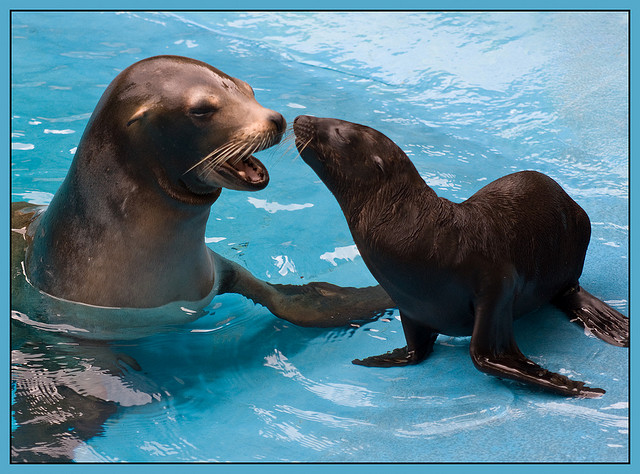Animal Language English Video Posted by Gabriele on Feb 23, 2016 in English Language
This post offers a listening comprehension exercise for ESL learners of all levels. The questions I list below, for listening and comprehension get harder the higher the number goes up, so if you are a beginner you may just want to focus on the first few questions; advanced learners should try to answer all the questions. Enjoy.
Here is an interesting video by TED Ed about language and animals. Before viewing the video take a look at the following questions. Try to see how many of these questions you can answer from watching this video just once. Maybe watching the video a second time you will be able to answer a few more? If it helps, you can turn on the ‘closed captioning’ or subtitles by click on the “cc” icon at the bottom right-hand corner of the video screen. Also, be sure to take a look at the additional links I’ve presented below related to animal sounds/language. Then be sure to scroll down to the answers of these questions.
Questions:
1. How do bees communicate?
2. Do crabs and cuttlefish have language?
3. What do prairie dogs usually talk about?
4. True or False: It may turn out that human and animal language are on a continuum.
5. What four qualities that are associated with all languages are presented in this video?
6. What does grammar provide to language?
7. Fill in this sentence: The human brain can take a ___________ number of elements and create an __________ number of messages.
8. How to cuttlefish communicate?
9. What are the names of two apes mentioned in this video?
10. What is the name of the dance bees use to communicate?
11. Do dolphins use grammar?
12. Describe what is meant by ‘displacement’ in this video?
Even though other animals don’t have language like we humans do, sometimes we say that animals “talk” to one another or to us. We have a number of words in English that we use to describe animal “talking”. Check out this previous blog post on this topic. Also, here is very comprehensive list of words we use in English (and other languages) to describe animal sounds. Lastly, why not hear animals making their sounds, or talking, for themselves? This is a fun link to a bunch of different animals sounds.
Answers:
1. Bees communicate through dancing.
2. No.
3. Predators.
4. True.
5. Discreetness, grammar, productivity, displacement.
6. A system of rules for using language.
7. The human brain can take a finite number of elements and create an infinite number of messages.
8. Through pigmented skin cells called chromaophores and the patterns they create.
9. Washoe and Koko (or Coco) are both mentioned.
10. The waggle dance is the name of the bees’ dance.
11. Dolphins can understand some grammar taught to them, but they do not naturally develop grammar on their own.
12. Displacement is the ability of language users to talk about things and events that are not immediate or present. Displacement is the ability to talk about the past, present, or fictional ideas or events.

Build vocabulary, practice pronunciation, and more with Transparent Language Online. Available anytime, anywhere, on any device.
About the Author: Gabriele
Hi there! I am one of Transparent Language's ESL bloggers. I am a 32-year-old native English speaker who was born and raised in the United States. I am living in Washington, DC now, but I have lived all over the US and also spent many years living and working abroad. I started teaching English as a second language in 2005 after completing a Master's in Applied Linguists and a Certificate in English Language Teaching to Adults' (CELTA). Since that time I have taught ESL in the United States at the community college and university level. I have also gone on to pursue my doctorate in psychology and now I also teach courses in psychology. I like to stay connected to ESL learners around the world through Transparent Languages ESL Blog. Please ask questions and leave comments on the blog and I will be sure to answer them.





Comments:
Elize Cookson:
Good morning
I would very much like to share this on my blog. Is it permissible?
Kind regards
Elize
Gabriele:
@Elize Cookson Yes, feel free to share this as long as you link back to our blog.
-Gabriele